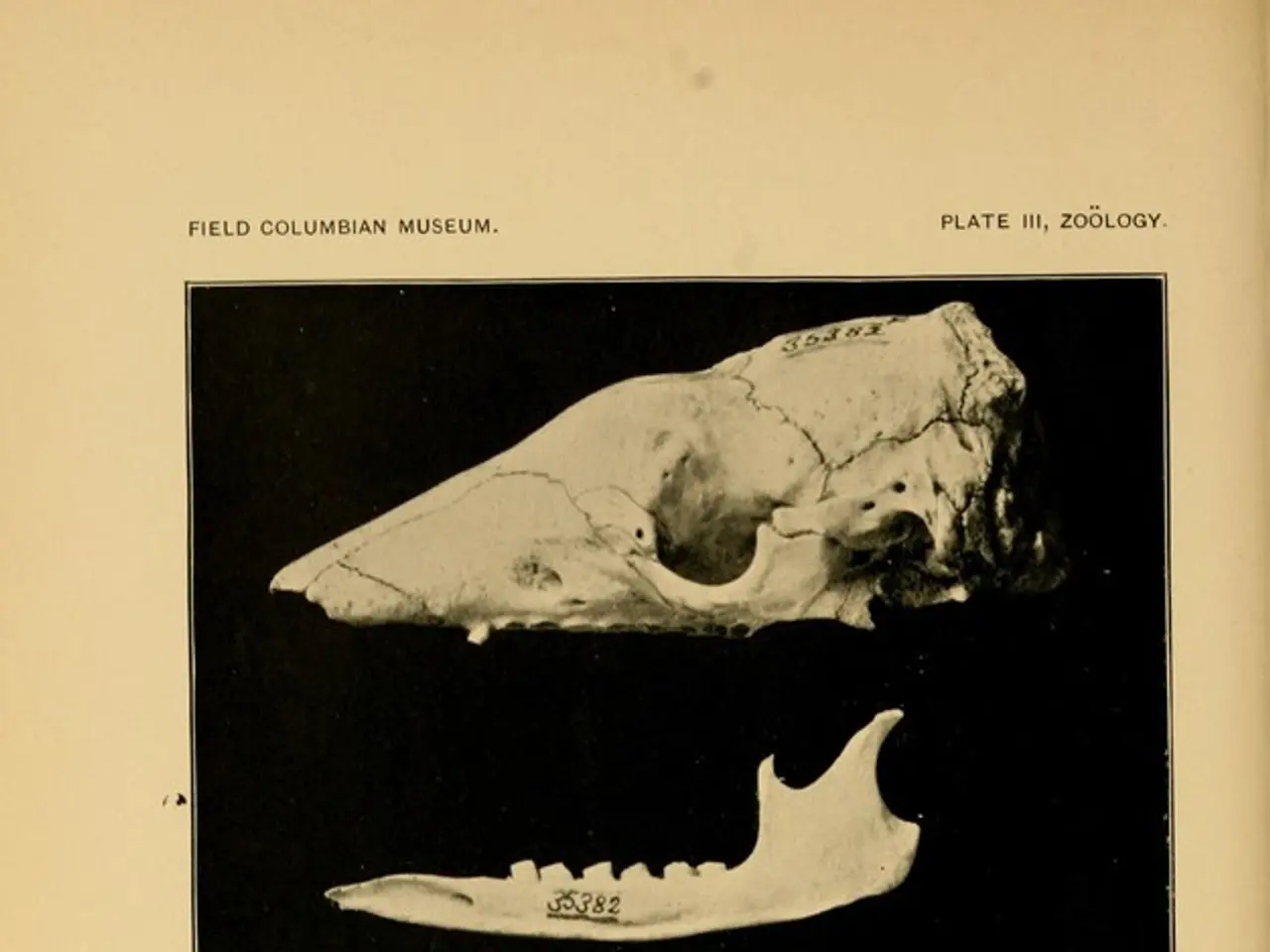Lumbar Plexus: Key Nerve Network in Lower Limb Function
The lumbar plexus, a crucial nerve network in the lumbar region, has been extensively studied and described by authoritative sources like 'Gray’s Anatomy for Students' and Netter's clinical anatomy. It's formed by the ventral branches of L1-L4 and sometimes T12, located in the psoas major muscle, anterior to the hip joint.
The lumbar plexus originates from the union of the lower branch of L1 with L2. Alongside L3 and L4, it divides into ventral and dorsal divisions. This complex network facilitates communication between L1-L3 and most of L4, creating the lumbar plexus. Notably, the first lumbar nerve (L1) branches into upper and lower sections, with the upper branch further dividing into ilioingual and iliohypogastric nerves. The lumbar plexus, working in tandem with the sacral plexus, delivers essential autonomic, motor, and sensory fibers to the lower extremities, gluteal region, and inguinal region.
Understanding the lumbar plexus, as detailed in authoritative anatomical and clinical sources, is vital for comprehending lower limb function and addressing related medical conditions. Its intricate structure and connections, along with its collaborative role with the sacral plexus, underscore its significance in human anatomy.
Read also:
- Abu Dhabi initiative for comprehensive genetic screening, aiming to diagnose over 800 conditions and enhance the health of future generations in the UAE.
- Elderly shingles: Recognizing symptoms, potential problems, and available treatments
- Protecting Your Auditory Health: 6 Strategies to Minimize Noise Damage
- Exploring the Reasons, Purposes, and Enigmas of Hiccups: Delving into Their Origins, Roles, and Unsolved Aspects





